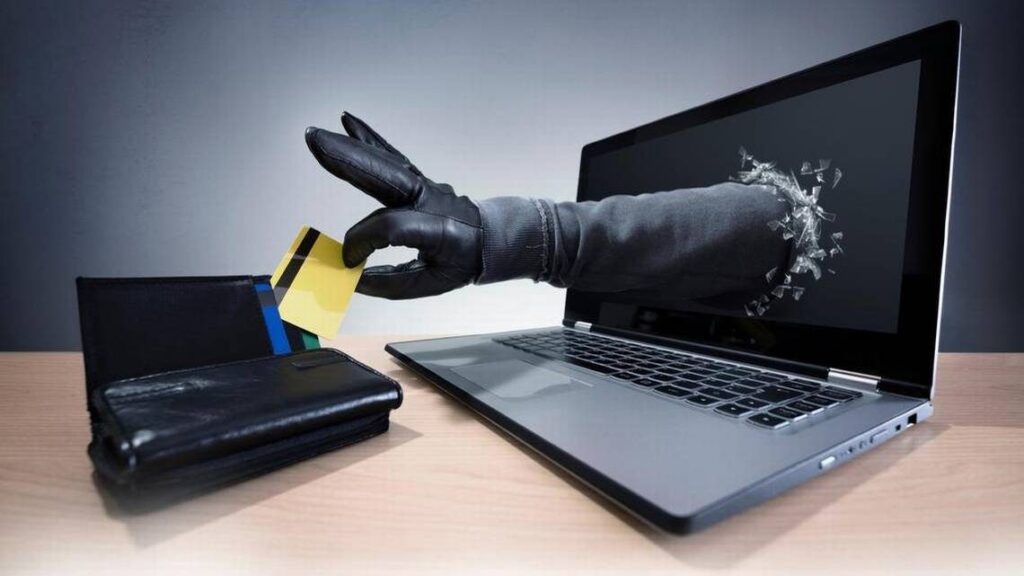International Trade
5 tips from Microsoft to prevent cyber fraud
Posing as Microsoft employees or representatives of other technology companies, the scammers issue false notifications to users. Simulating attention to a suspected malware infection or security incident. Which has resulted in more than 6,500 complaints per month reporting tech support fraud worldwide. Which have violated 65% of the Mexicans surveyed.

These approaches have gone from spam calls to fake pop-ups on the computer, adapting their tactics to, at best, convince victims to pay to “fix” a non-existent problem with their device or software. At worst, they try to steal personal or financial information, and if allowed to remotely connect to the computer to perform this “repair,” they will often install malware, ransomware, or other unwanted programs that can extract information and / or corrupt data or devices.
In order to prevent cyber fraud
It is important to note that Microsoft does not unexpectedly communicate with its customers. Any 1: 1 attention must be user-initiated; In the same way, the company issues the following recommendations to be able to detect a cyber scam attempt in time:
- If you get a notification or error message with a phone number, do not call that line. Microsoft does not typically include such information in its communications.
- Only download software from official sources. It is dangerous to install external programs, since they do not have a security verification and can be used by third parties to insert malicious files.
- Preferably use Microsoft Edge as your default browser, since its interface is enabled to block fraudulent sites and pop-up messages thanks to the capabilities of Microsoft Defender SmartScreen.
- Activate Windows Security’s real-time antivirus protection , a solution that detects and removes registered fraudulent malware.
- Remember that Microsoft support staff will never request payments in cryptocurrencies or gift cards.

However, it is not always possible to identify cyber fraud in a timely manner. In the case of Mexico, 23% of those surveyed have stated that they continue with the fraud dynamic after the initial interaction. What has impacted on monetary losses for 14% of those affected and stress peaks for 68%. In these situations, it is advisable to uninstall any type of file indicated by the attackers as soon as possible. Do a security scan to find and mitigate any malware present. Also format the system and change the passwords of the accounts opened on the computer.
